We’re used to finding intriguing destinations that prompt us to excitedly consider adding them to our Bucket Lists for future visits. However, what about those places that are explicitly off-limits? It’s challenging to fathom that such locations exist in our world, yet several do. Among them are restricted military bases, where access is solely reserved for authorized personnel. Fragile historical sites vulnerable to human impact also fall into this category, along with scary locales that pose significant risks to visitors. Despite the innate dangers, these forbidden places possess something that charms our imagination, akin to a forbidden fruit that becomes irresistibly desirable. They draw in curious visitors like magnets, sparking a desire to explore the uncharted. Nevertheless, visiting these locations is strongly discouraged, as it could threaten one’s safety. Let’s delve into some of the most compelling spots worldwide that, unless you’re a researcher, scientist, military personnel, or daredevil, are strictly off-limits to the general public
1. Area 51

Where: Paradise Ranch, Nevada (Formerly Known As)
Nestled in the heart of Paradise Ranch, Nevada, Area 51 stands as one of the most enigmatic military facilities in America. Surrounded by a plethora of rumors, urban legends, and myths, this top-secret U.S. Air Force base is wrapped in mystery. Located in the vast expanse of Nevada, every operation within its confines is held under the tightest veil of classification. Despite the Netflix movie bearing its name, the true nature of the activities within Area 51 remains a guessing game. The penalties for trying to breach its secrets are steep, with fines exceeding $2,000 per violator. Now that’s one of the forbidden places we’ve all been curious about. Right?
2. Aksai Chin
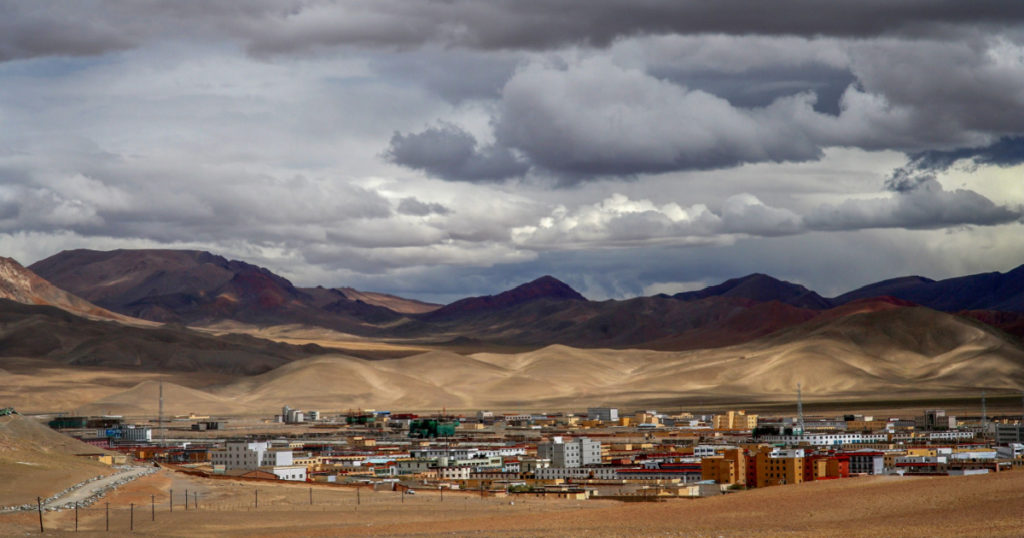
Where: India/China (Disputed Territory)
Situated on the contentious border between India and China, Aksai Chin, mostly controlled by China, has a tumultuous history. Initially neglected due to its harsh terrain, Aksai Chin became a focal point of conflict in the 1950s, sparking border clashes that persist to this day.
Read: The Most Fascinating Places on Earth That Are Completely Illegal to Visit
3. Chauvet Cave
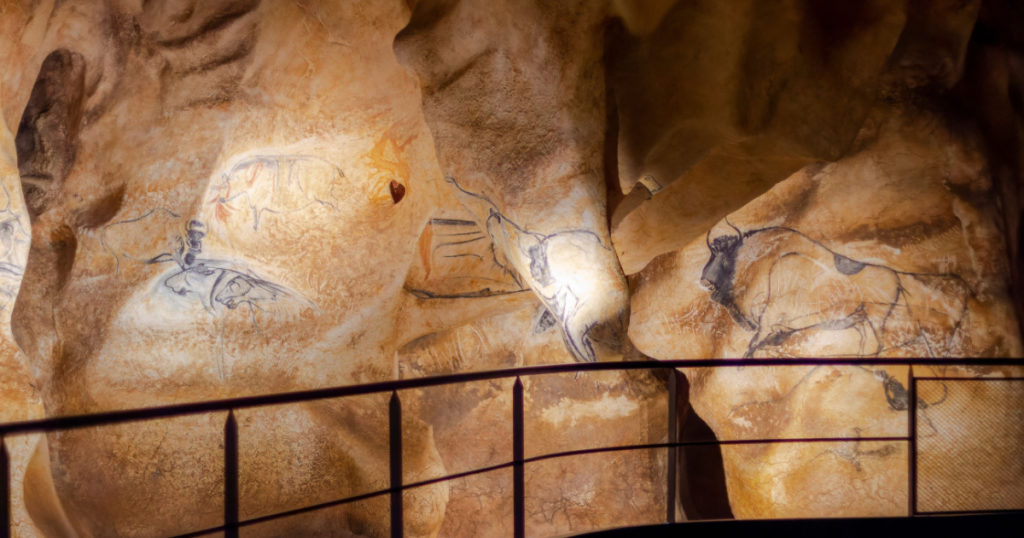
Where: France
Housed in Southeastern France, the Chauvet Cave boasts well-preserved Paleolithic cave paintings and drawings. Due to its historical significance, public viewing is denied, preserving the diverse artwork and tools from the Upper Paleolithic period within the cave.
4. Vatican Secret Archive

Where: The Vatican
Tucked away within the Vatican, the Vatican Secret Archive is an exclusive realm available to only a select few. Permission to explore its depths is granted solely to scholars aged seventy-five and above. Guarded by the Swiss military, the entrance to this archive is a portal to a hold of knowledge. Scholars are limited to accessing three pre-requested documents per day, and the library’s ownership rests with the Pope until his demise or resignation, at which point it transfers to his successor.
5. Korean Demilitarized Zone, DMZ
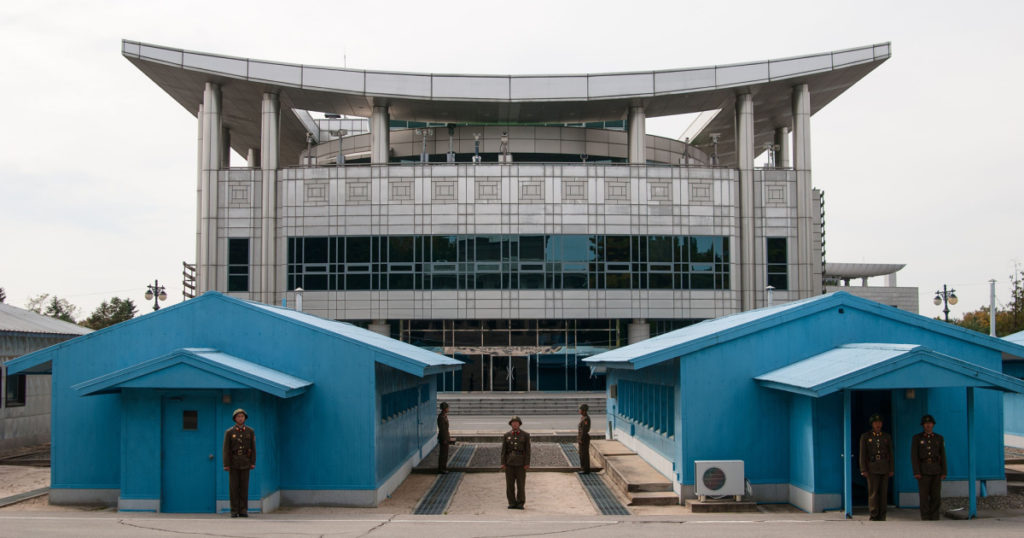
Where: The Korean Peninsula
One of the scarier forbidden places for sure. Spanning the Korean Peninsula, the Korean Demilitarized Zone (DMZ) serves as a hard buffer between South and North Korea. Despite its title as an active war zone, the DMZ is not a made-up thriller setting but a stark reality. Fenced, mined, and isolated, the DMZ saw gunfire exchanges as recently as 2020, earning the title of the “world’s most dangerous border.” You may have heard of tours of the DMZ, but these don’t actually enter the DMZ itself, but rather the JSA, the Joint Security Area.
Read: There’s a haunted town in America that’s been entirely abandoned and is illegal to visit
6. Chapel of the Tablet
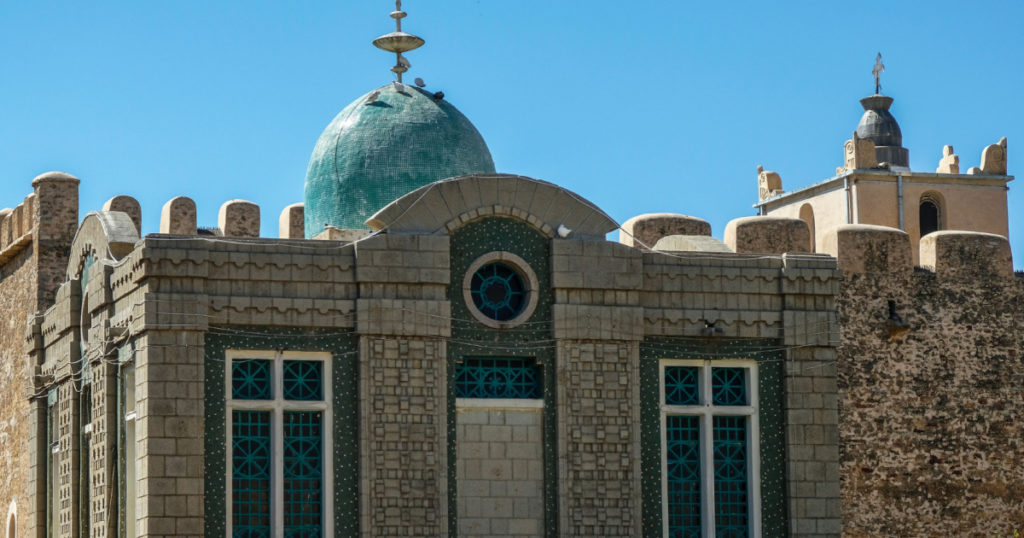
Where: Ethiopia
Nestled in Aksum, Ethiopia, the Chapel of the Tablet is purported to house the Ark of the Covenant. Guarded by a virgin watch, access to the Ark in the catacombs is limited to the Guardian of the Covenant, preventing public intrusion into this legendary chapel.
7. Fort Knox – one of the better-known forbidden places

Where: Kentucky
Nestled in Kentucky, Fort Knox stands as an impregnable U.S. Army facility protecting vast reserves of gold. Since 1935, no one has dared to attempt a breach, with strict penalties awaiting trespassers. Visitors are strictly banned from entering the fort, ensuring the security of the U.S. Bullion Depository.
8. Grand Shrine of Ise

Where: Japan
Situated in Japan, the Grand Shrine of Ise is a sacred Shinto shrine dedicated to the Solar Goddess, Amaterasu. While visitors can tour its exterior, only priests, priestesses, and members of the Japanese Imperial Family are allowed to enter the shrine, sticking to the cyclical tradition of tearing down and rebuilding every twenty years.
9. Inside the Chichen Itza Pyramid

Where: Mexico
Towering in Mexico, the Chichen Itza Pyramid, a symbol of archaeological and cultural value, commands respect. While outer views are allowed, entry and climbing are strictly banned to protect the site’s historical virtue.
10. Google Data Centers
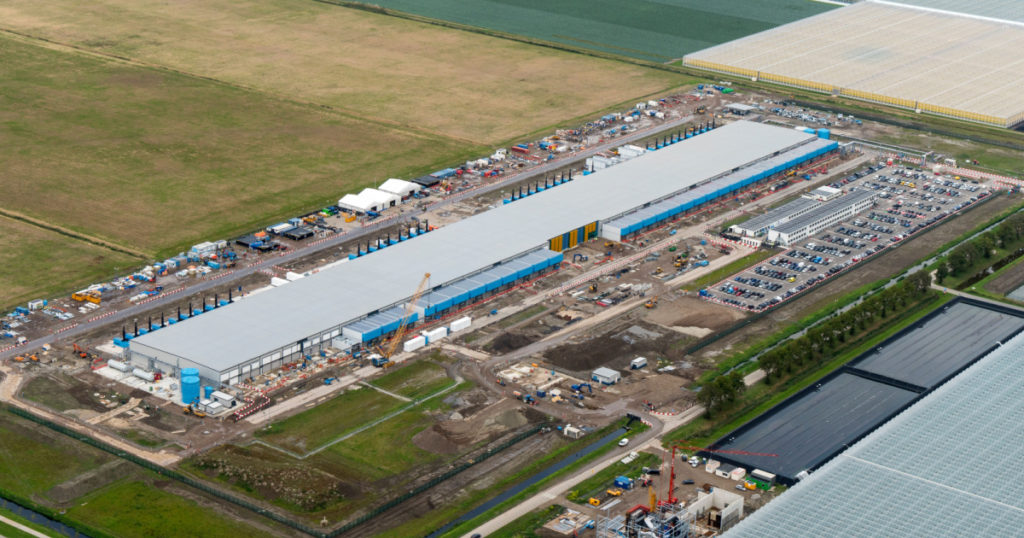
Where: North America, Asia, Europe, and South America
Google’s universal data centers, spread across four continents, operate as sole domains available only to authorized employees. Functioning 24/7 with massive electricity consumption, these centers play a pivotal role in sustaining Google’s digital infrastructure, with the setup costs rumored to reach billions of dollars.
11. Mariana Trench
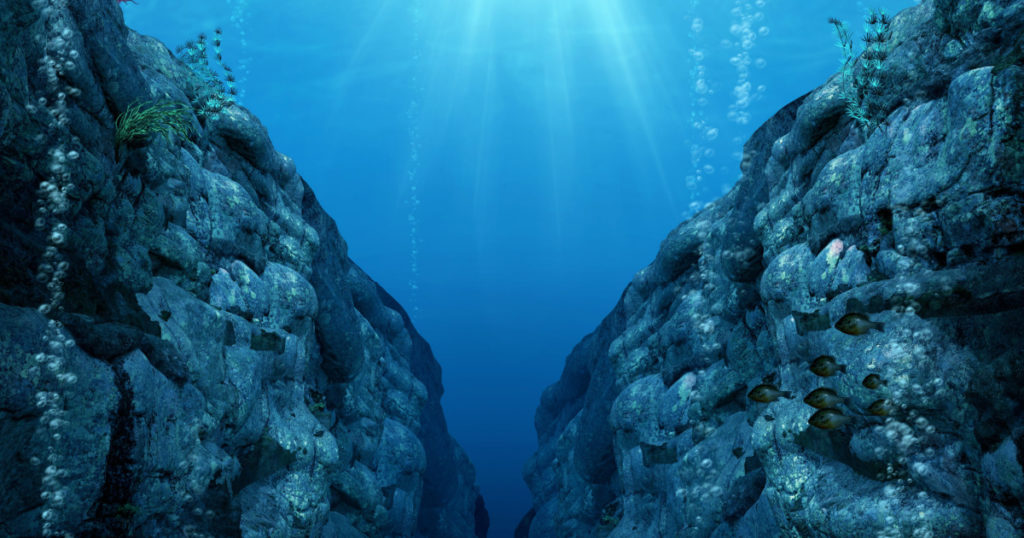
Where: Western Pacific Ocean
The Mariana Trench is the deepest part of the ocean, a staggering 36,070 feet deep. Located east of the Mariana Islands, this underwater chasm contains some of the most mysterious and least studied ecosystems on the planet. The pressures at these depths are crushing.
Only a few fearless journeys have ever reached its depths, revealing mysterious creatures adapted to the extreme conditions. Unauthorized travels are discouraged due to significant technological and safety concerns.